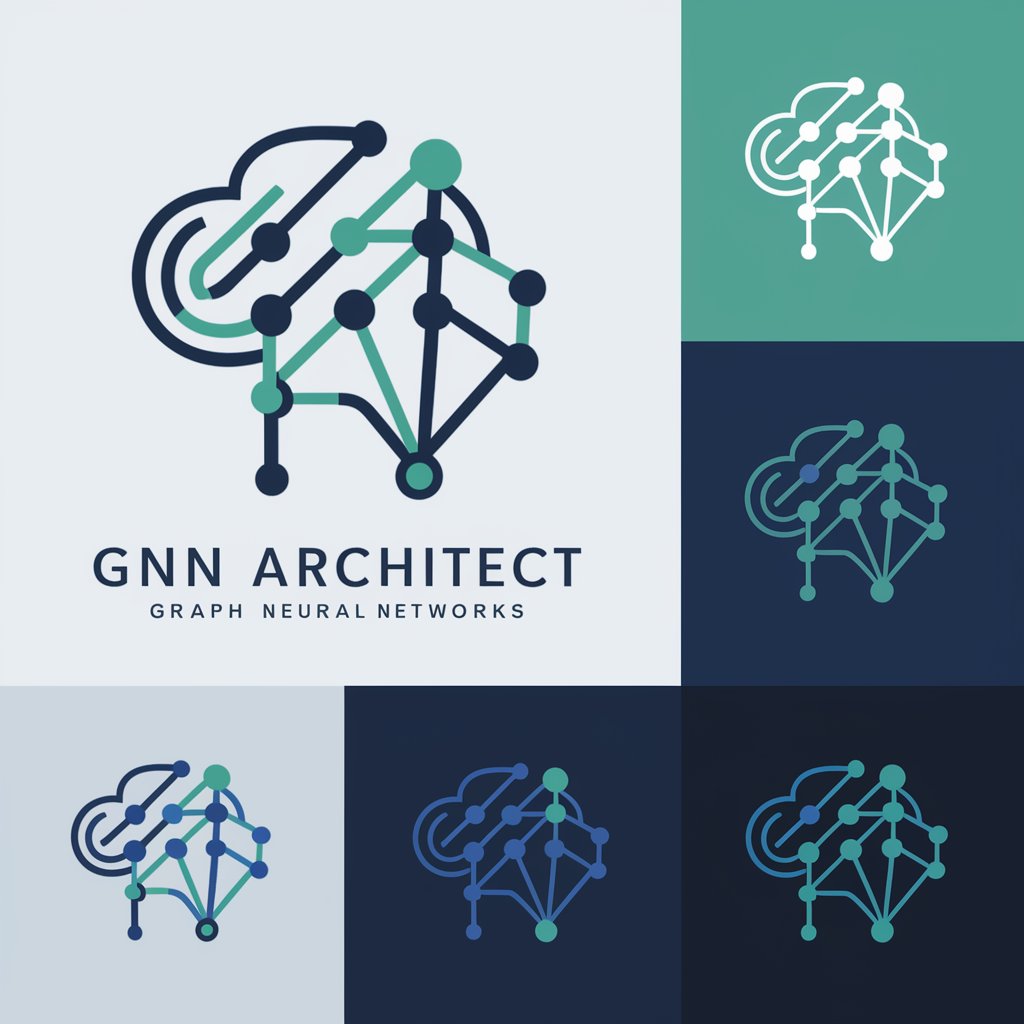Matlab - MATLAB Numerical Computing

Hello, MATLAB expert here to assist you! 🔨🤖🔧
Empowering innovation with AI-powered analytics
Generate a MATLAB script that...
How do I implement an algorithm for...
Can you help debug this code...
What is the best way to optimize...
Get Embed Code
Introduction to MATLAB
MATLAB (Matrix Laboratory) is a high-level programming language and interactive environment designed by MathWorks for numerical computing and visualization. It's used extensively for matrix manipulations, plotting of functions and data, implementation of algorithms, and creation of user interfaces. MATLAB simplifies tasks like numerical integration, transformation, and solving differential equations, making it a tool of choice in engineering, scientific research, and quantitative finance. For example, MATLAB's built-in function 'fft' is used for computing the Fast Fourier Transform of a signal, enabling engineers to analyze frequency components quickly. Powered by ChatGPT-4o。

Main Functions of MATLAB
plot
Example
plot(x, y)
Scenario
Used extensively in data visualization to represent data graphically. For instance, engineers use it to visualize the stress distribution across a bridge's blueprint.
simulink
Example
sim('model')
Scenario
A graphical programming environment for modeling, simulating, and analyzing multidomain dynamical systems. Commonly used in control system design and digital signal processing for real-time system simulation.
solve
Example
solve('x^2 - 4')
Scenario
Solves algebraic equations symbolically or numerically. This is vital in fields such as physics for solving equations of motion or in finance for deriving the values at which financial derivatives are zero.
optimtool
Example
optimtool
Scenario
Provides an interactive graphical user interface for configuring and running solvers for various optimization problems. Frequently used in operations research to optimize resource allocation.
Ideal Users of MATLAB
Engineers
Engineers use MATLAB for tasks such as designing and simulating physical systems using Simulink, signal processing, and electrical circuit analyses.
Scientists
Scientists apply MATLAB in various domains like physics for modeling and simulating experiments, biology for computational biology, and astronomy for data analysis.
Economists and Financial Analysts
These professionals utilize MATLAB for quantitative finance applications like derivative pricing, risk management, and econometric modeling, leveraging its powerful statistical and optimization toolboxes.
Academicians and Students
Educational institutions leverage MATLAB's user-friendly interface for teaching complex mathematical, scientific, and engineering concepts, facilitating hands-on learning through simulation.

Getting Started with MATLAB
1
Visit yeschat.ai for a free trial without login or the need for ChatGPT Plus.
2
Install MATLAB from the MathWorks website, choosing the version that best fits your operating system and hardware specifications.
3
Explore MATLAB tutorials and documentation available on the MathWorks website to familiarize yourself with its interface and core functionalities.
4
Start by experimenting with simple commands in the Command Window to understand basic operations like matrix creation, plotting, and script execution.
5
Leverage MATLAB's extensive library of built-in functions and toolboxes for more specialized tasks like signal processing, image analysis, or machine learning to enhance your project's capabilities.
Try other advanced and practical GPTs
Suno音乐创作大师
AI-powered creative songwriting tool

A Level Economics Essay Tutor
Enhance Your Economics Essays with AI!

{鋆旭科技} 英文單字小老師
Empowering Language Mastery with AI

Mr Power Apps
Empowering AI-Driven App Development

Msg-Whatapp
Enhance WhatsApp messages with AI

MS Autogen Expert
Powering Conversations with AI

Matlab Mentor
Empowering your MATLAB journey with AI.

Generate User Interview Questions GPT
Transform insights into action

降重机器人ZT
Revolutionize Your Writing with AI

GNN Architect
Powering Graph Intelligence with AI

Film School
Master filmmaking with AI legends

定量数据分析大神(简化版)
Power your research with AI-driven analysis

MATLAB Q&A
What are the primary advantages of using MATLAB for numerical computation?
MATLAB simplifies numerical computation with its powerful mathematical toolbox that supports everything from basic arithmetic to advanced calculus and linear algebra, coupled with high-level commands for data visualization.
Can MATLAB handle large datasets?
Yes, MATLAB can handle large datasets with its efficient data handling and storage capabilities, allowing for manipulation, analysis, and visualization of large arrays of data seamlessly.
How does MATLAB support machine learning?
MATLAB supports machine learning through its Statistics and Machine Learning Toolbox, which provides algorithms, functions, and apps to create, train, and validate machine learning models.
What are MATLAB's capabilities in simulation?
MATLAB excels in simulation with its Simulink environment, enabling multi-domain simulation and model-based design for dynamic and embedded systems.
Is MATLAB suitable for real-time systems?
MATLAB can be used for real-time systems through MATLAB Coder, which generates C and C++ code from MATLAB code, and Simulink Real-Time, which turns Simulink models into real-time applications.
